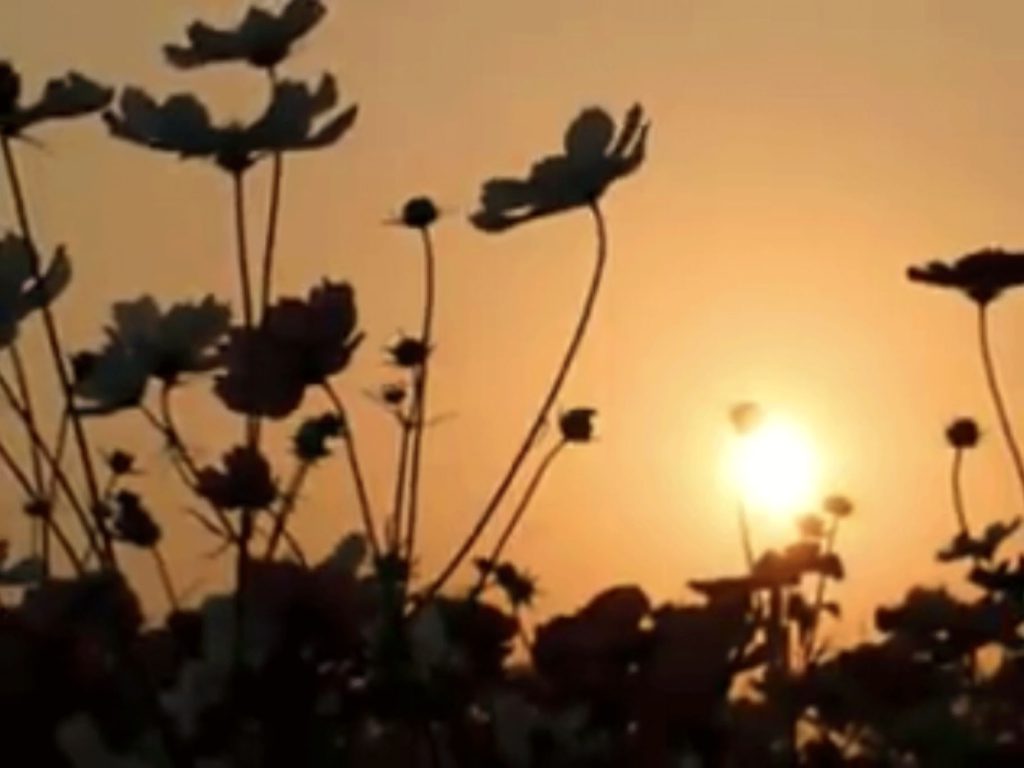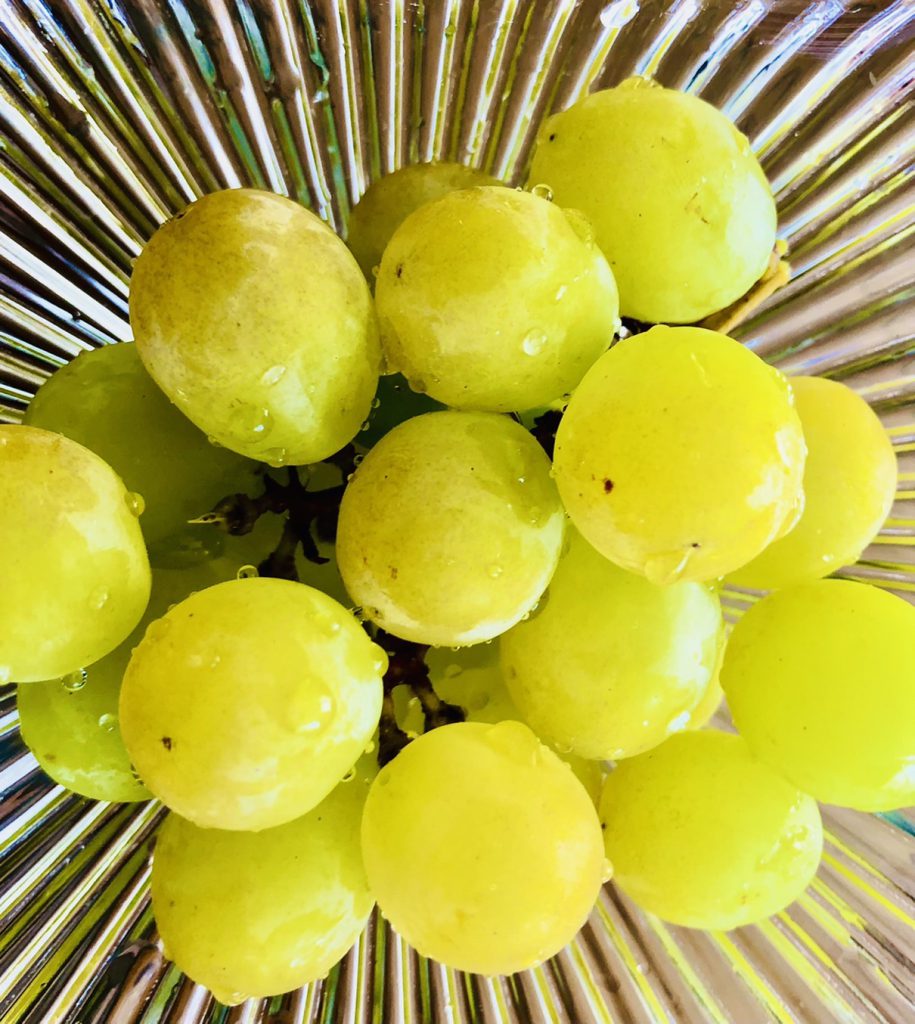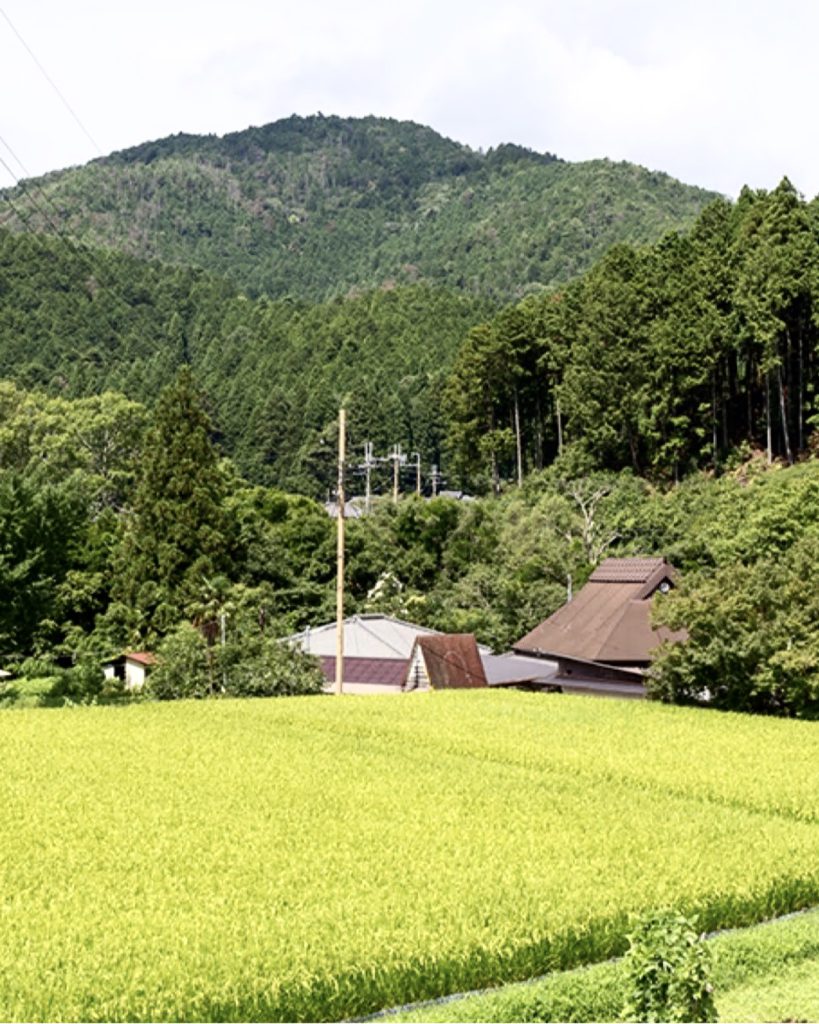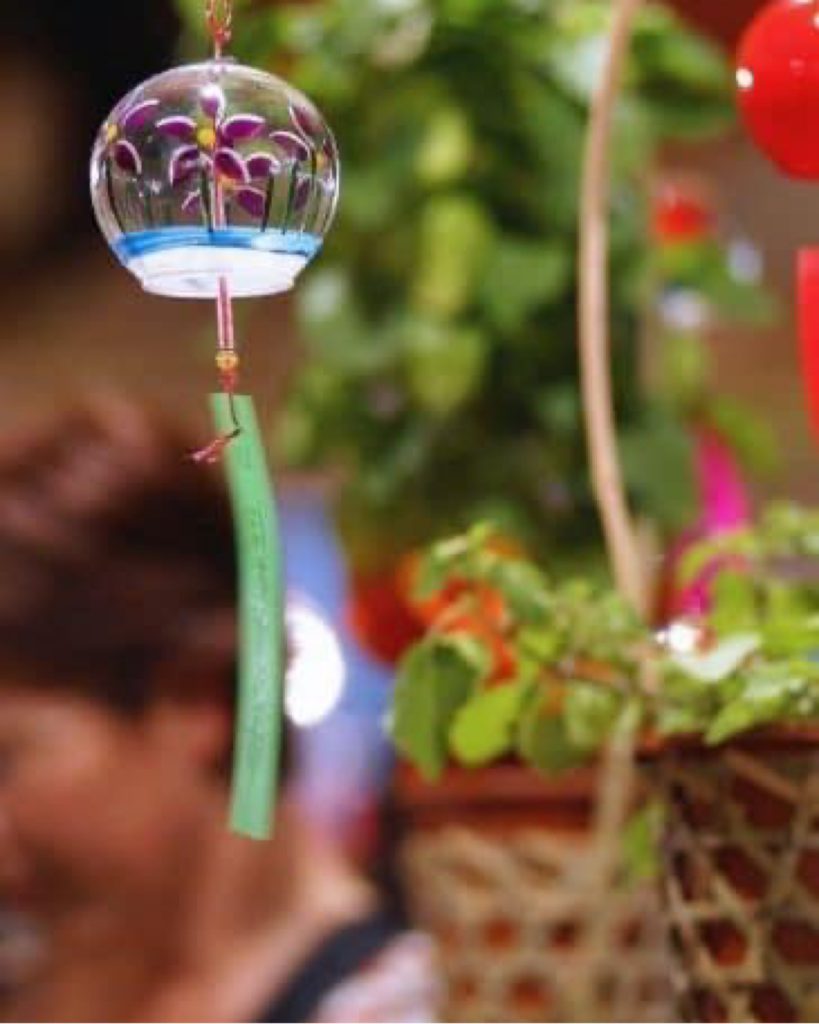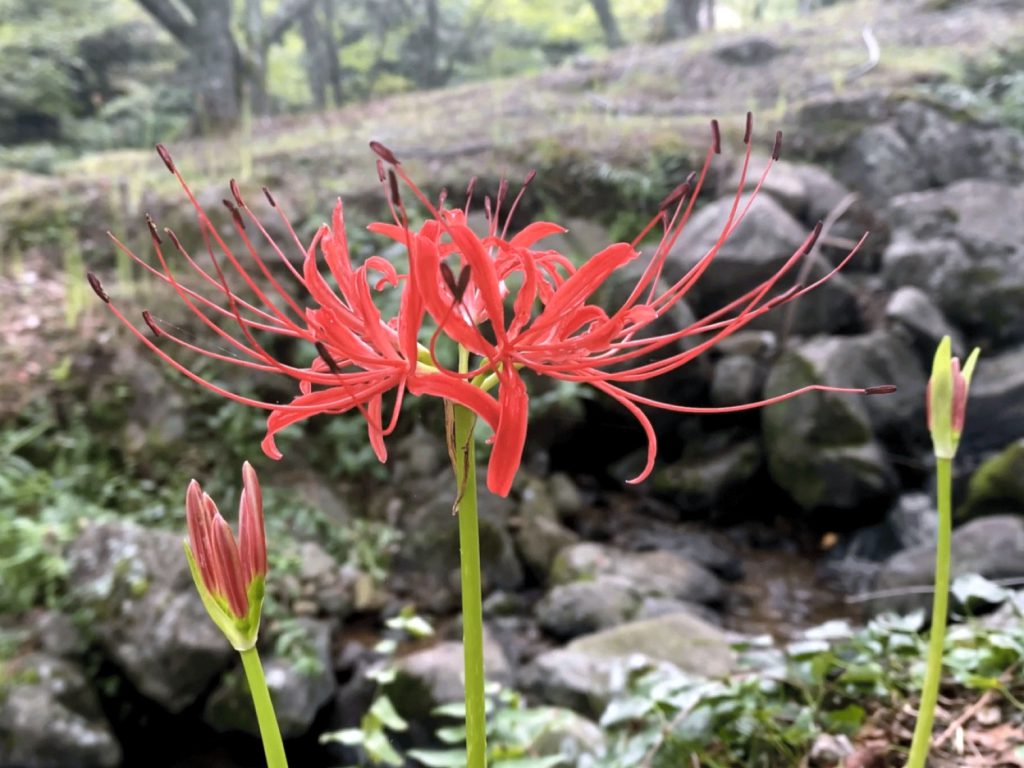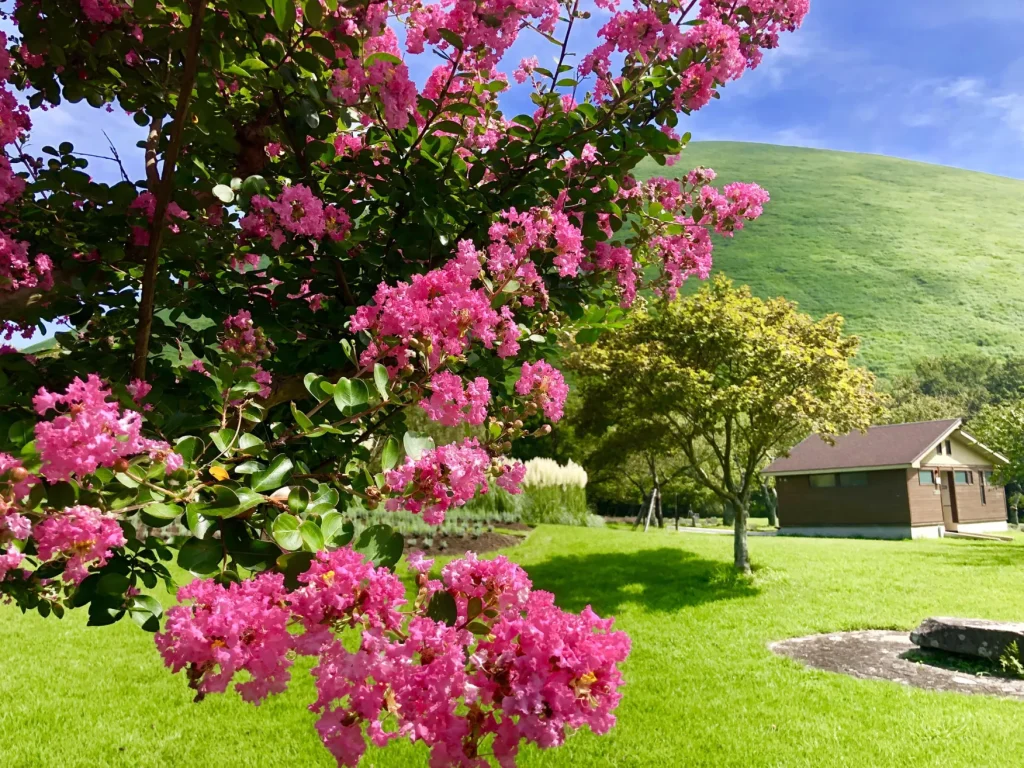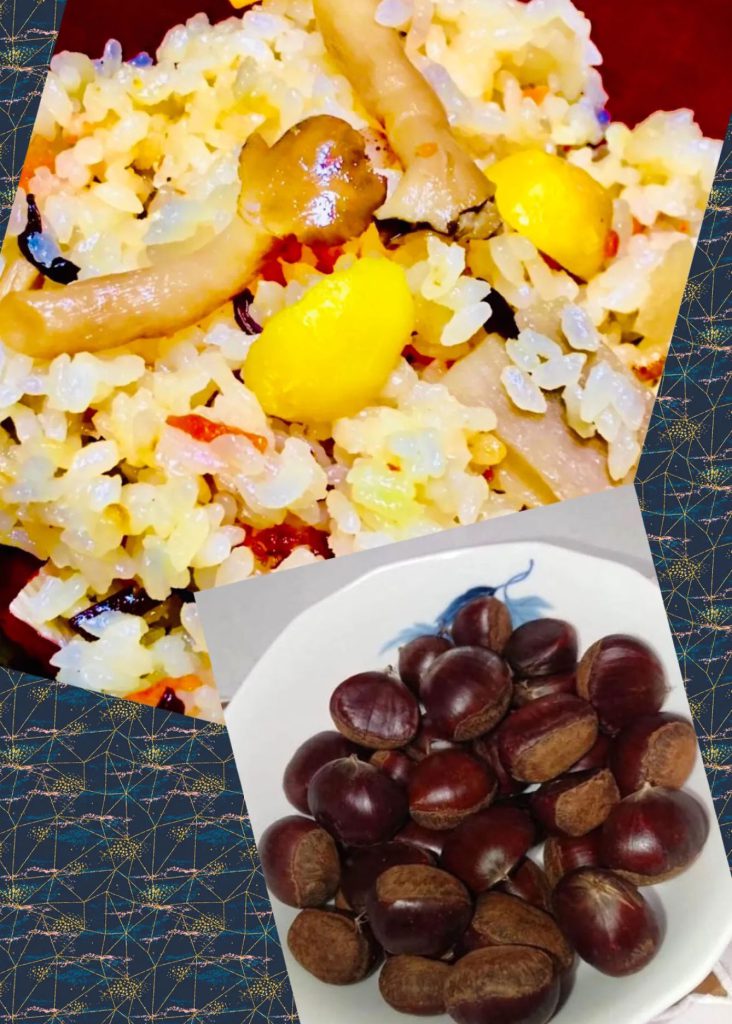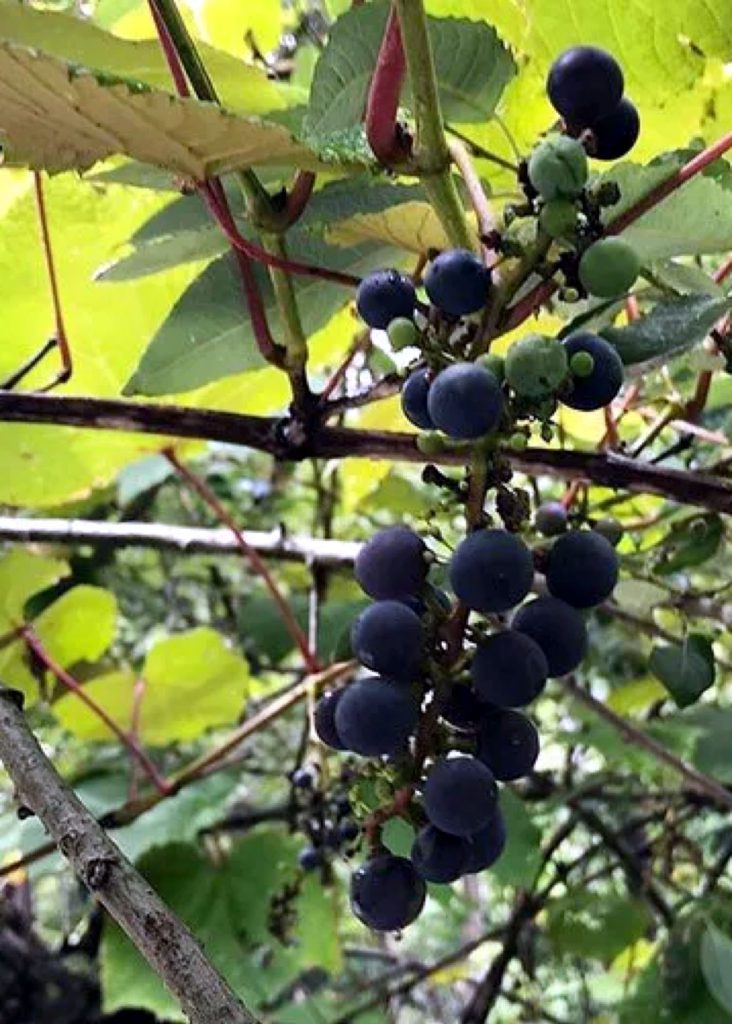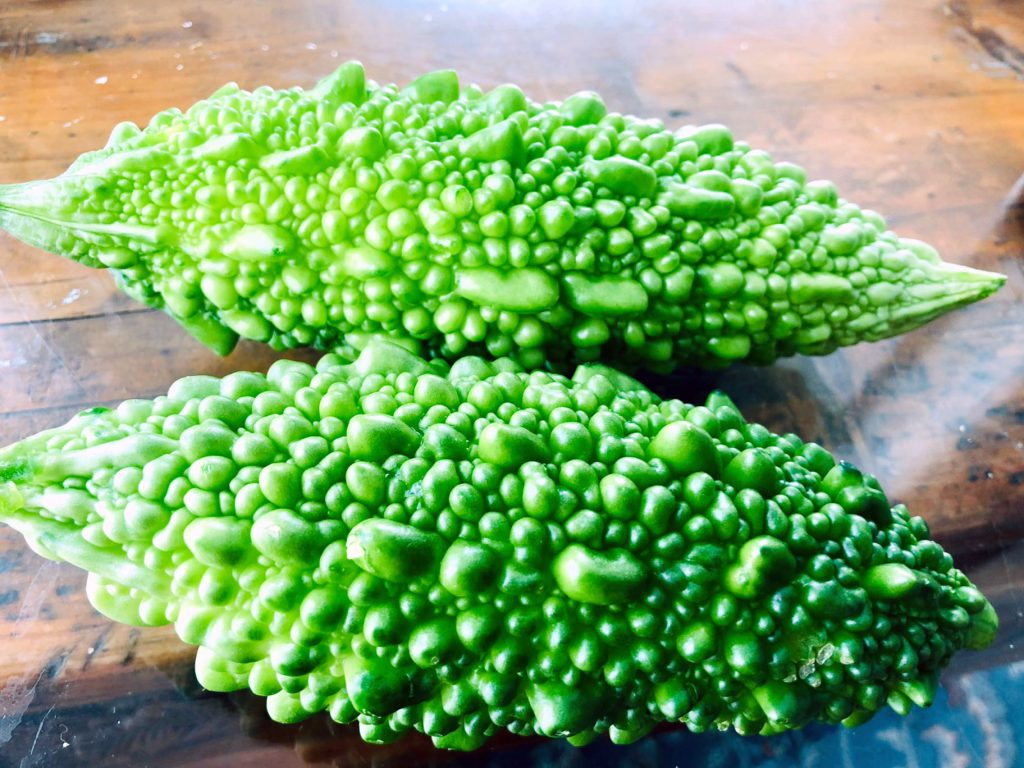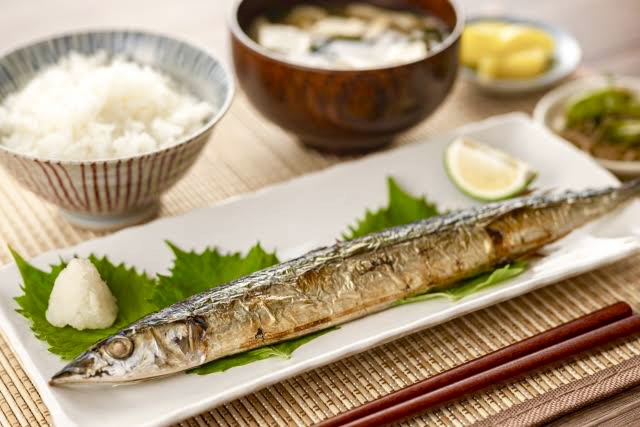
Come to think of it, it was saury season, so I went to Shokudou-gai, a large shopping mall nearby, as I remembered. Among the several Japanese restaurants, there was only one with a stand signboard of early saury. The saury that was served was still small, and it was not the seasonal saury that had survived the fat, but I could only taste the autumn season. At Hanasaki Port in Nemuro City, Hokkaido, which boasts the largest catch of saury in Japan, 201 tons of the season’s highest catch was caught on the morning of September 14th. This is the highest catch of the season, and according to the fishermen, “fishing is getting better.” Still, the catch of Pacific saury is said to have decreased to about one-tenth in the last ten years, so saury will surely become a high-class fish someday.
そう言えば秋刀魚の季節だと、思い出したように近くの大型ショッピングモールの食道街に出かけました。何軒かある和食店の内、一軒だけ初秋刀魚のスタンド看板を出している店がありました。出された秋刀魚はまだ小振りで、脂の乗り切った旬の秋刀魚ではありませんでしたが、秋の季節感だけは味わえました。秋刀魚の水揚げ日本一誇る北海道根室市の花咲港では、9月14日朝、今季最高の201トンが水揚げされたそうです。 この水揚げ量は今季最高で、漁師によると「漁は、まあまあ良くなってきた」 ということです。それでもサンマの漁獲量はこの10年でおよそ10分の1に減少していると言いますから、秋刀魚もいづれは高級魚になるに違いありません。

